Biodiversity - Diversity in living organisms
Biodiversity
Species, genetic, and behavioural differences can be observed between all living things in this world, in small bodies of water, or the large seas. This diversity that exists between different animals is called biodiversity. According to a scientist, the genetic diversity of all the living things of the world is different. In this way, it can be said that all kinds of diversity that exist in all levels of organisms living in all ecosystems and ecological compounds like terrestrial, aquatic, gaseous etc. is called biodiversity.
Biodiversity types - Biodiversity depends on two factors: structural diversity and functional diversity.
Structural diversity- Structural diversity deals with the structural aspects of the organism, that is, the various anatomical features.
Functional diversity- Functional diversity discusses different functional aspects such as nutrition, photosynthesis, etc. Biodiversity can again be divided into different parts in terms of nature and theory.
Different types of biodiversity
| No. | Types |
|---|---|
| 1 | Genetic diversity |
| 2 | Species diversity |
| 3 | Evolutionary diversity |
| 4 | Ecological diversity |
| 5 | Evolutionary diversity |
| 6 | Agricultural diversity |
| 7 | Habitat diversity |
Genetic diversity
It refers to the diversity of genes in species. Mention the genetic variation between the species in the population and the different genetic variations of a species. Genetic factors play a pivotal role in creating the biodiversity of living organisms. Causes are mutations, chromosomal aberrations, polyploidy, hybridization.
Species diversity
The total number of species of living things is called the abundance of species. And when these species are measured as a measure of their size, productivity number, etc., it is called species diversity. Species are the smallest unit of an organism or completely separate from other organisms in terms of organ and reproductive organs and do not mate with any group. The diversity of species in a region is called the diversity of species.
Ecological diversity
By ecology, we mean the knowledge of the interrelationship between an organism and its natural habitat. To adapt to the environment, the organism changes its structure, shape, disposition and assembles various features which affect the quality of the organism. As a result, it develops a close and intricate relationship between itself and the inert elements of the environment in one place in it's ecosystem. An ecosystem is associated with a variety of living and non-living things. Various microscopic organisms, plants, animals and fungi, inorganic elements, climate and chemical elements, all relate to the source of energy.
Evolutionary diversity
Evolution is the process by which something develops or gradually unfolds. The evolution of the living world is called biological evolution. And biological evolution is the gradual origin of life from the inanimate state and the evolution of other species from the existing species. Due to the gradual change in the environment, changes and diversity of organisms can be noticed. This results in the diversity of simple unicellular organisms.
Agricultural diversity
Variety is observed in crops. This is called comparative diversity. The diversity of agro-ecosystems with ecosystems results in diversity. Comparison of agricultural crops with forests and the variety of organisms engaged in it, such as Microscopic animals, can be highlighted. Due to its agronomic properties, it is preserved by Ex-situ and In situ conservation.
Habitat diversity
Habitat is the place where plants grow. Habitat is never permanent. Ecological diversity is observed in a wide range of regional environments. There is no similarity between an ecosystem of forests or an ecosystem of deserts or an ecosystem of Reservoirs. The ecosystems of different environments are different.
Importance of Biodiversity
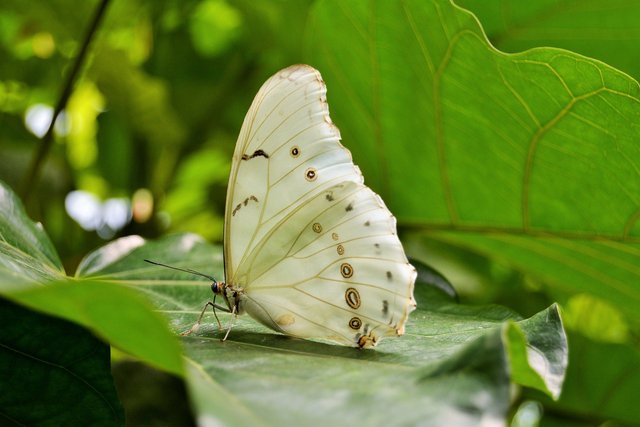
There is a combination of inanimate and living things in our world. There are many kinds of creatures in this beautiful world. However, it is difficult to calculate exactly how many species we have on this planet. And so the animals whose physical and character traits are similar to each other are assumed to have come from the same ancestor. Each species has certain characteristics. The species can be identified by considering that feature. There are billions of people in our world, but the appearance of one human being does not match the appearance of another human being. The extinction of a species in the environment can be catastrophic. The importance of biodiversity in maintaining a stable and peaceful environment.
Conclusion
The extinction of animals in the environment that at one time were not given much importance or seemed unnecessary has disturbed the balance of the environment. A frog is capable of eating insects equal to its weight, but the frog is dying as a result of the use of harmful chemical fertilizers on crops. Grasshoppers also eat various insects that are harmful to crops. So no animal can be considered unnecessary. The extinction of even the smallest species from the environment destroys the stability of the ecosystem. And the role of biodiversity in protecting the diversity of the ecosystem is undeniable.
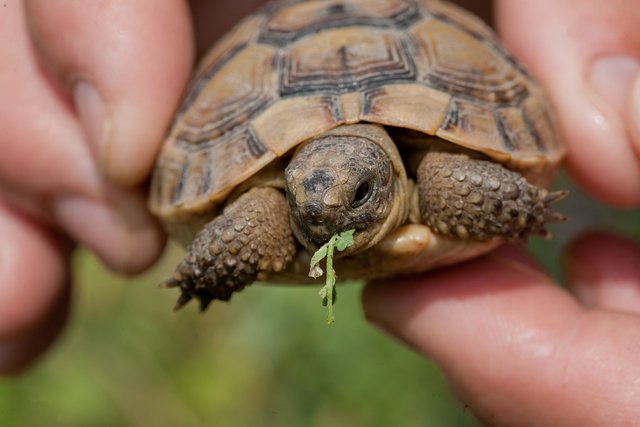
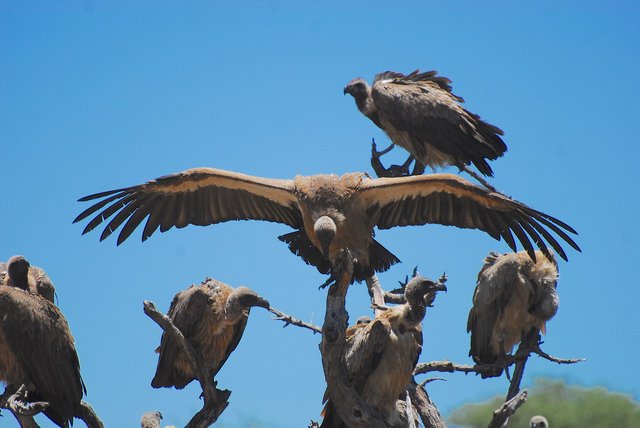
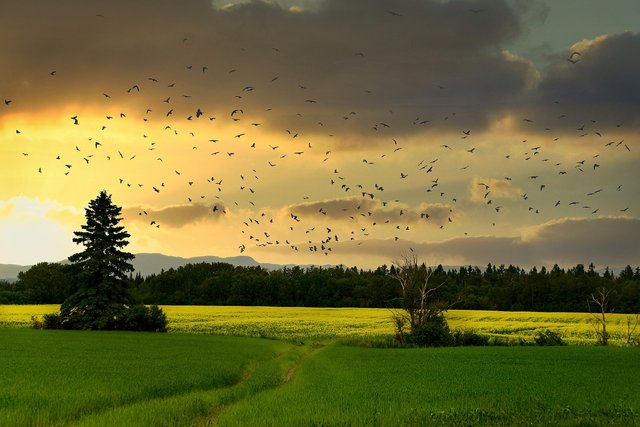

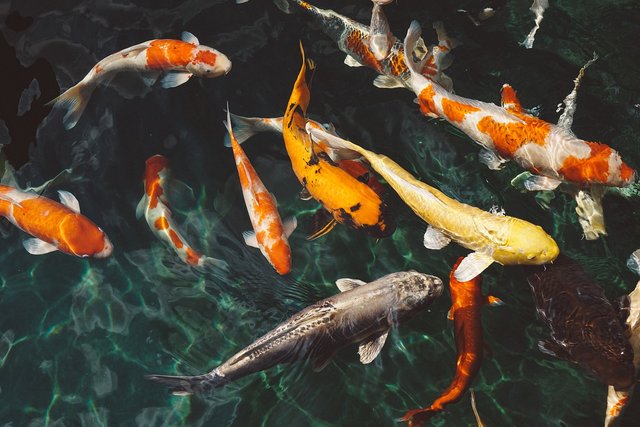
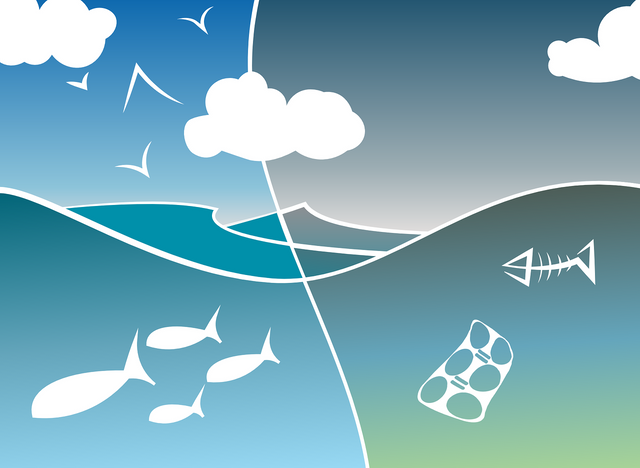
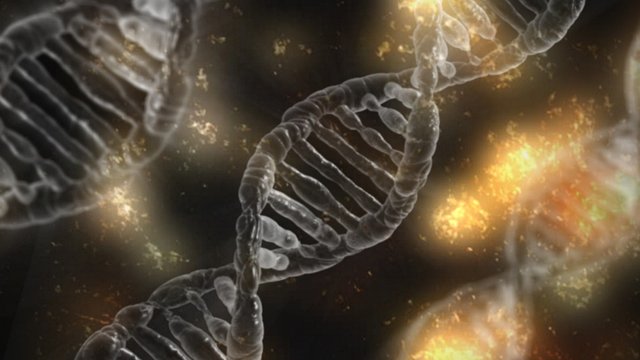
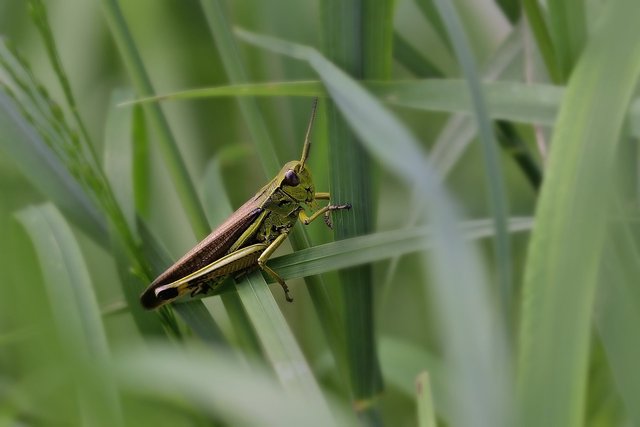
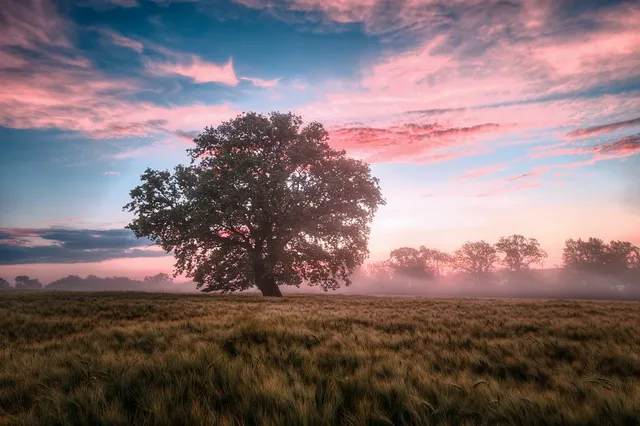
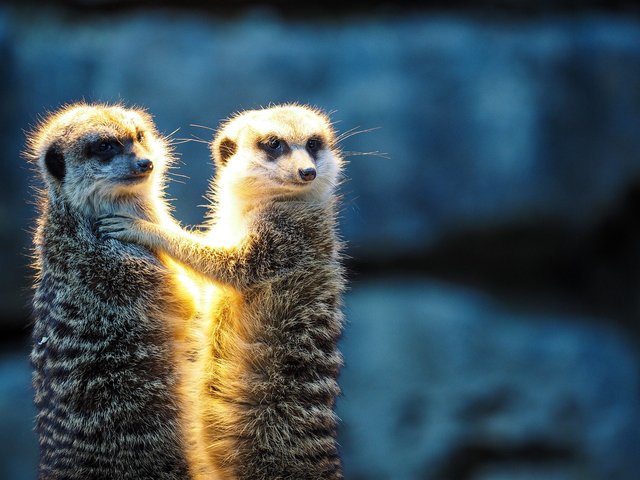
Upvoted! Thank you for supporting witness @jswit.
